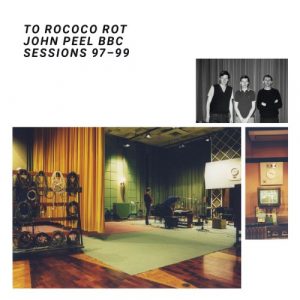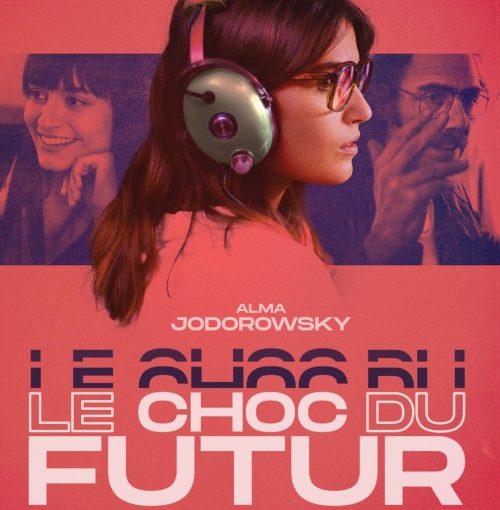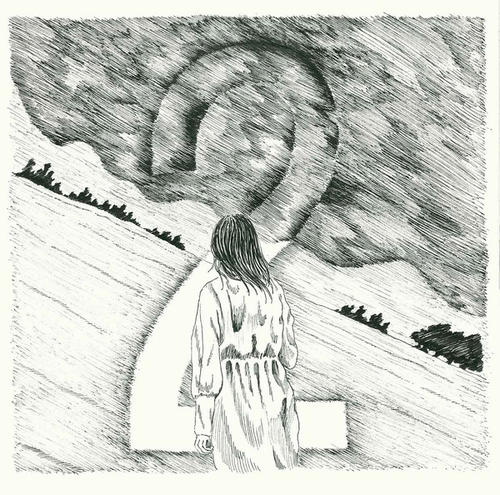 The mid- to late nineties was a pretty purple patch for German electronica and it coincided with a similar flurry of genre-less electronic based bands arriving from the States.
The mid- to late nineties was a pretty purple patch for German electronica and it coincided with a similar flurry of genre-less electronic based bands arriving from the States.
The beauty of the German acts, like those that preceded them, was the lack of obvious Western tradition and unlike the bands from the seventies, a greater access to and greater complicity with the new electronic instruments. After the fall of the Berlin Wall and the reunification of Germany, they also an ability to look back on the previous decades with a sense of relief that it was all in the past.
This sense of relief showed through in the humour and experimentation and a raft of bands emerged that included, amongst others, Tarwater, Mouse On Mars, Oval, Kreidler and To Rococo Rot.For me one of the things that set To Rococo Rot apart was their use of live drums and bass and the seamless momentum that this often gave to the songs. The idea for Bureau B to release The John Peel Sessions is an inspired one, as not only do we have the opportunity to hear them expound in a live setting, but also for real TRR fans, there are three otherwise unavailable tracks here.
After John Peel introduces the band with a discussion about how best to pronounce their name and no consensus being reached, the group jump straight in and you realise just how sophisticated their rhythms could be, using different textures to conjure up a rootless sensation. Looking at the sleeve photos, Ronald Lippok clearly took some inspiration from Jaki Liebezeit as the kit is stripped to the bare minimum, but he is still able to propel the tracks when needed.It is the electronics that often inject the sense of unease or mischief. Sometimes they are slightly at odds with the general rhythm and can draw attention to themselves in a kind of humorous way, but it is always sophisticated and the live bass and drums just have a beautifully produced sound.
They have a supreme sense of momentum, but with a smoothness that is almost delicate. The electronic flies in the ointment lend odd shades and unexpected angles and it is this dichotomy that makes the pieces here so listenable. They move yet they are tugging at you, pulling you off balance, the simplicity of the rhythms fooling you. Reading the sleeve notes and learning about what it must have been like to be a child in East Berlin gives and understanding to the store they put into music and that sense that they come from a very different place, their aesthetic owing little to what came before.There is a functionality and the sense of three solitary players convening to produce something that is far stronger then when separate. “Glück”, one of the tracks unique to this release, is such a simple merging of tastes, almost purring from the speakers, the forward motion relentless, the repetition disarming, a real example of how a trio can operate.
The electronics are often at odds, as if reacting to the rhythm like two magnets repelling. The two sides of the LP seem to merge and then grow, sprouting curls and flourishes, the bass taking a wander, leading the other two down a lush, overgrown path then relenting and allowing the drums to come to the fore, setting down a beat in relative calm before more shapes are shifted.I am not sure how the LP is divided; but the second side feels more minimal, the bass and electronic notes added sparingly, chilled metronomic cymbal guiding the way. The hypnotic simplicity of “Telema” turns the head, its use of intertwining elements refreshing and rejuvenating as the track progresses, and genuinely the whole side is like that.
For fans of the trio, this is essential; but also for general fans of what might be deemed electronica, there is such vibrancy in the live set up and although serious looking in the photographs, they clearly are enjoying reproducing these minimal masterpieces. Somewhat undervalued as a group, this is the perfect starting point for a reappraisal of To Rococo Rot and looks lovely on orange vinyl.-Mr Olivetti-


